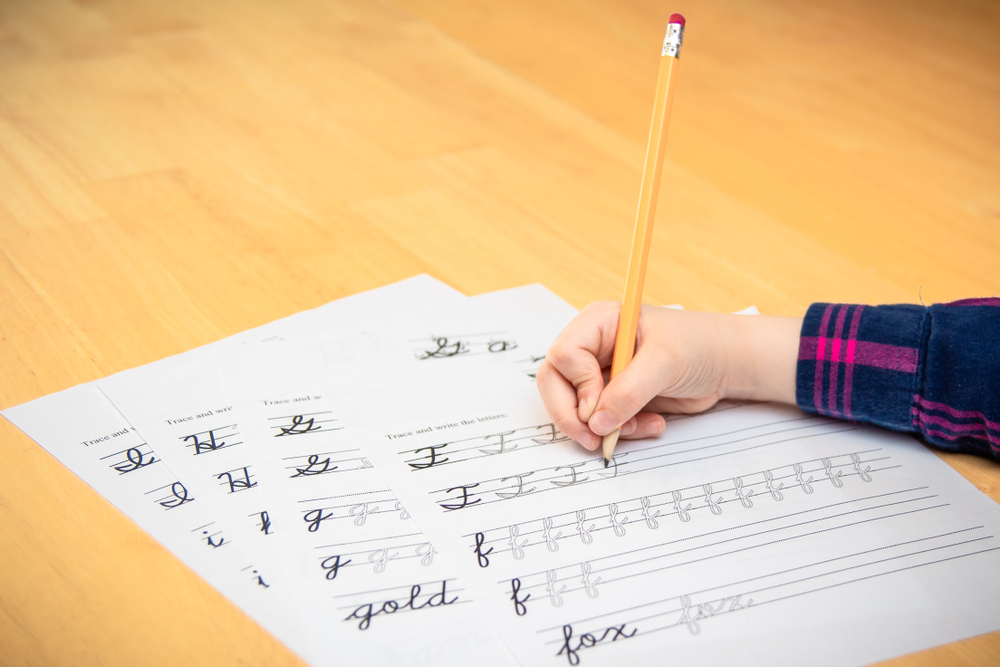Letter tracing skills Normal Tracing Letters Worksheets for Ages 6-9
3 filtered results
-
From - To
Discover our engaging "Normal Tracing Letters Worksheets" designed specifically for children aged 6-9! These worksheets help enhance letter tracing skills, providing essential practice for young learners as they begin to master the alphabet. With fun activities and colorful designs, kids will enjoy tracing both uppercase and lowercase letters, improving their handwriting while developing fine motor skills. Our worksheets cater to various skill levels, ensuring every child can progress at their own pace. Ideal for parents and educators, these resources make learning letters straightforward and enjoyable, setting a strong foundation for future reading and writing success. Start your tracing adventure today!


Uppercase Letters J, K, and L Worksheet


Letter C Tracing Page


Uppercase Letters Y Z Worksheet
Letter tracing skills are crucial for children ages 6-9, as they serve as a foundational element in developing handwriting proficiency. During this critical stage, children are building motor skills that will aid them in their overall academic journey. Tracing letters helps improve fine motor control, enabling children to hold writing instruments correctly and create legible, fluid letters.
Moreover, mastering letter formation through tracing reinforces the connection between spoken and written language. This connection enhances phonemic awareness, paving the way for stronger reading and writing skills. As children trace letters, they also begin to internalize their shapes and sounds, promoting literacy development.
Another essential aspect is fostering self-confidence. Children often feel accomplished when they can successfully replicate letters, which boosts their willingness to engage in writing activities. Encouragement from parents and teachers during this process reinforces a positive learning environment, where mistakes become stepping stones for improvement rather than hurdles.
Lastly, developing letter tracing skills prepares children for more advanced writing tasks as they progress in school. By investing time and effort into these early literacy skills, parents and teachers help ensure that children are well-equipped for future learning achievements.
 Assign to My Students
Assign to My Students





















